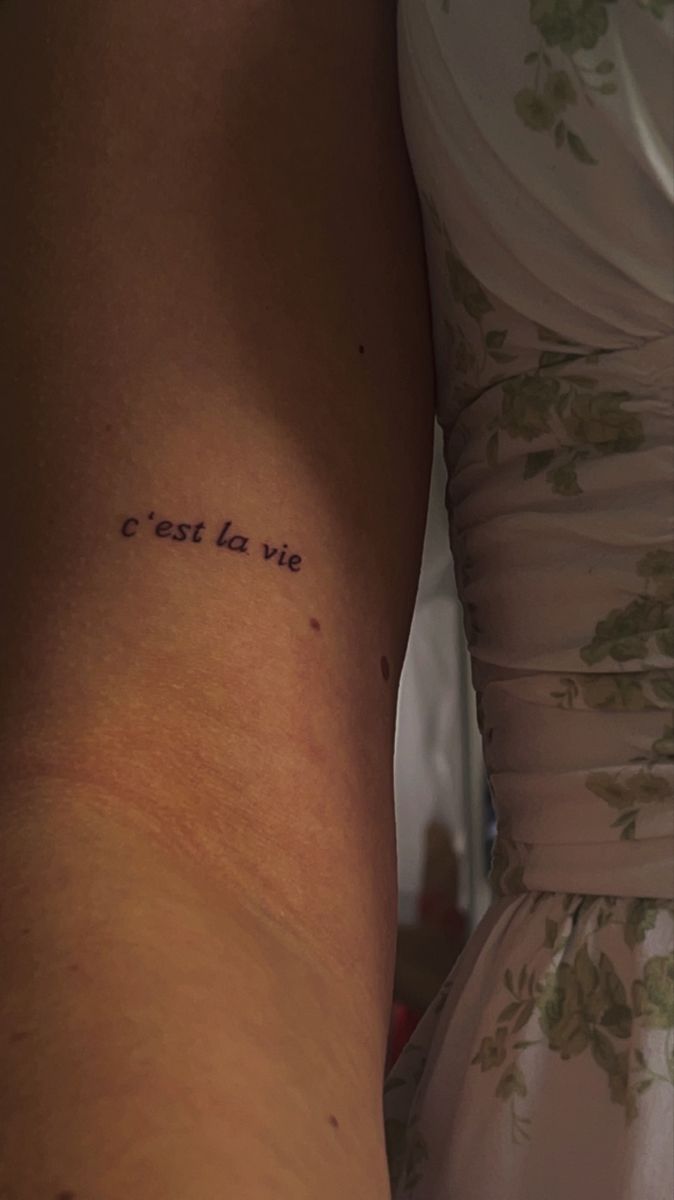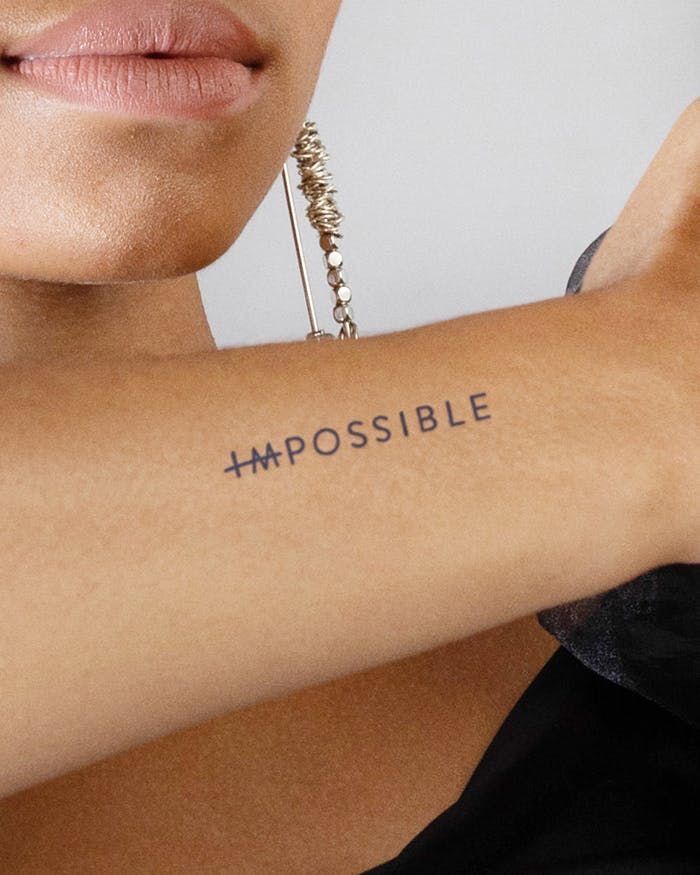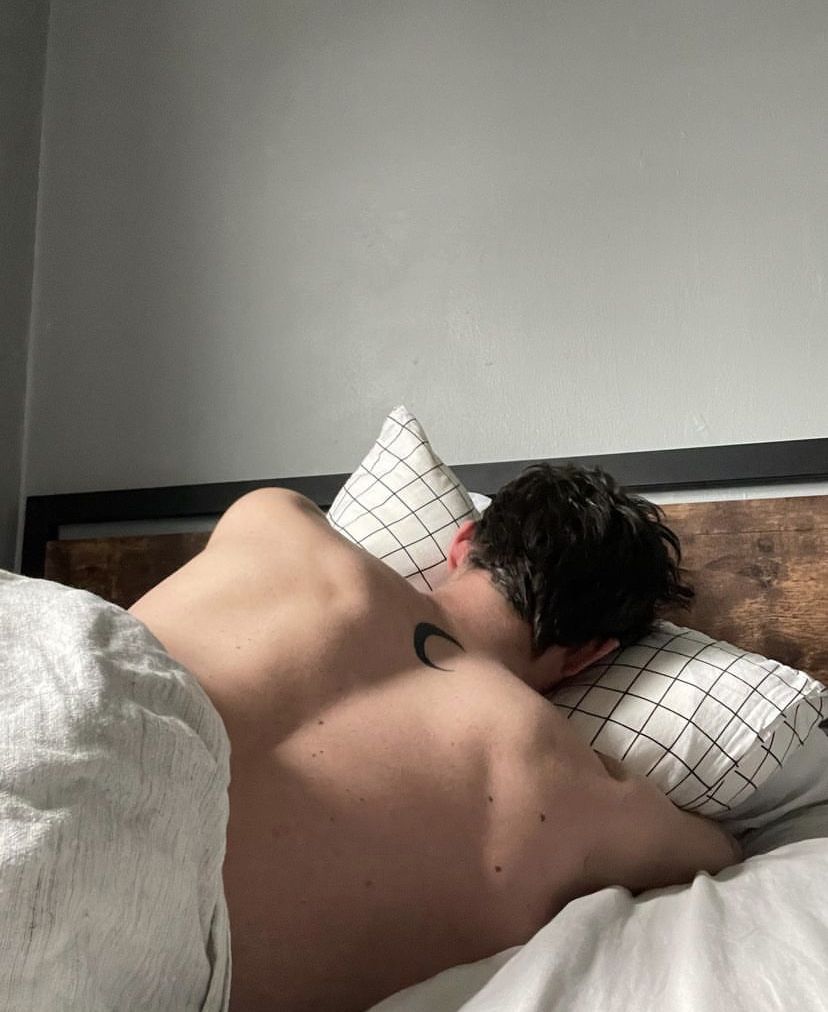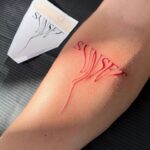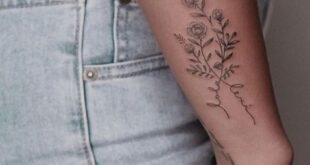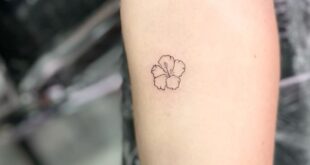Tattoos have long been used as a form of self-expression and art, but in recent years, they have evolved into much more than just ink on skin. The tattoo aesthetic has become a cultural phenomenon, with an increasing number of people getting inked not just for the sake of getting a tattoo, but also to showcase their unique sense of style and identity.
One of the key elements of tattoo aesthetics is the design itself. From traditional tribal motifs to modern minimalist designs, tattoos come in all shapes and styles, allowing individuals to choose a design that resonates with them on a personal level. Whether it’s a small, discreet tattoo hidden on the wrist or a large, elaborate piece covering the entire back, the design of a tattoo plays a crucial role in defining its aesthetic appeal.
Another important aspect of tattoo aesthetics is the placement of the tattoo on the body. The location of a tattoo can greatly influence its overall aesthetic, as different body parts offer different canvas sizes and shapes for tattoo artists to work with. Some people choose to showcase their tattoos on highly visible areas such as the arms, legs, or neck, while others prefer more subtle placements like the ribs, collarbone, or even the fingers. The placement of a tattoo can have a significant impact on its overall aesthetic, allowing individuals to create a unique and personalized look that complements their body shape and style.
In addition to design and placement, the colors used in a tattoo also contribute to its overall aesthetic appeal. Vibrant, bold colors can make a tattoo stand out and grab attention, while muted or black-and-white tones can create a more subtle and sophisticated look. Some people choose to stick to a specific color palette for all their tattoos, creating a cohesive and harmonious aesthetic, while others prefer to mix and match colors to create an eclectic and diverse collection of tattoos.
Tattoo aesthetics also extend beyond the design, placement, and colors of a tattoo to include the overall look and feel of the tattooed skin. Some people choose to incorporate additional elements such as geometric patterns, floral motifs, or abstract shapes to enhance the overall aesthetic of their tattoos. Others may opt for intricate shading and detailing to create a more realistic and three-dimensional effect. The texture of the skin, the way the tattoo blends with the body’s natural contours, and the overall visual impact all play a role in shaping the aesthetic appeal of a tattoo.
Ultimately, tattoo aesthetics are a personal and subjective matter, with each individual bringing their own unique style and taste to the table. Whether you prefer bold, colorful designs or subtle, minimalist tattoos, the beauty of tattoo aesthetics lies in the endless possibilities for self-expression and creativity. So, whether you’re a seasoned tattoo collector or considering getting your first tattoo, remember that the aesthetic of a tattoo is not just about the ink on your skin – it’s about capturing your own unique essence and showcasing it to the world.
 innstyled Tattoo Ideas
innstyled Tattoo Ideas
